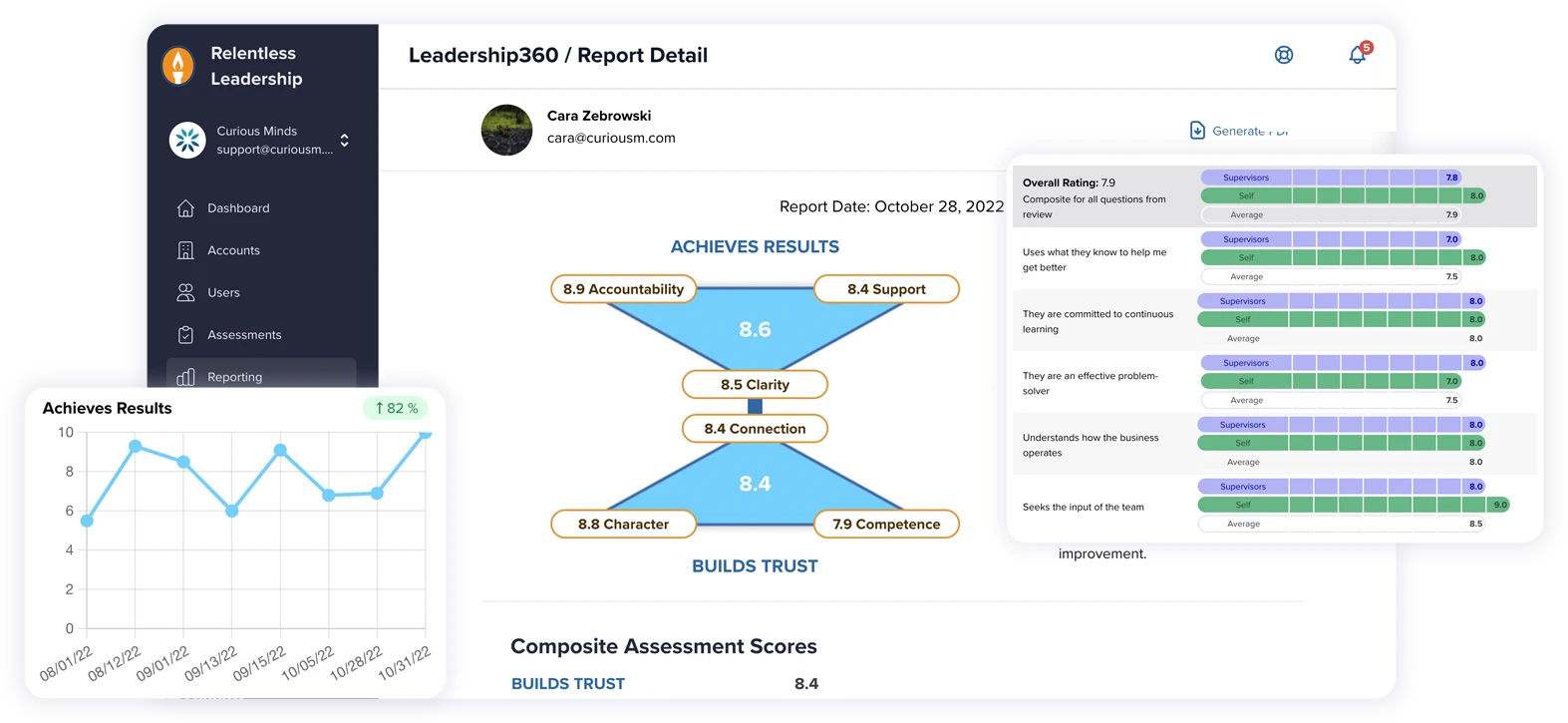The healthcare industry is changing rapidly due to the rise of telehealth solutions. As medical practices adapt to the digital age, adding telehealth services is key to improving access to care and making things convenient for patients. The COVID-19 pandemic sped up this shift, showing the need for virtual consultations and remote care. If you're a healthcare provider aiming to use digital platforms, WordPress is a flexible and strong solution for adding telehealth services smoothly.
We show you how WordPress can be an effective platform for telehealth. From its flexibility and scalability to special plugins for virtual healthcare, we'll guide you on creating a secure and user-friendly telehealth setup. Discover the best practices, tools, and solutions that can help you give outstanding care to your patients, no matter where they are.
Telehealth in Modern Healthcare
Telehealth has quickly become an important part of today's healthcare, offering both convenience and better access for patients. The ability to connect with doctors from home has reduced the pressure on traditional medical centers and expanded medical services to underserved and remote areas. Now, with strong telehealth solutions, patients can get timely consultations, follow-ups, and even emergency services without having to visit in person.
The COVID-19 pandemic greatly sped up the adoption of telehealth services. As health systems worldwide faced high demand and the need for social distancing, telehealth became a good alternative to in-person visits. Both patients and doctors found that virtual visits could handle many health issues while lowering the risk of spreading the virus. This change helped manage the crisis and showed that telehealth will be a key part of future healthcare.
Telehealth also offers great convenience by cutting out travel time and waiting times that usually come with medical appointments. For people with chronic conditions or mobility issues, this can make a huge difference in their quality of life by giving them easy and consistent care. As healthcare grows, using advanced technologies like telehealth will be key in meeting patient expectations for flexible and patient-centered care.
The benefits of telehealth go beyond just convenience. It’s a game-changing approach to healthcare that makes it more accessible, efficient, and adaptable to the needs of all people. As we go forward, continuing to integrate telehealth will be crucial in shaping a more responsive and inclusive healthcare system.
WordPress Virtual Healthcare Solutions
WordPress is a versatile platform, making it ideal for telehealth services. Its user-friendly interface, along with many plugins and themes, allows healthcare providers to create custom solutions for their needs. Whether you're a solo practitioner or a large clinic, WordPress can support your virtual care easily and efficiently.
One of the main advantages of using WordPress for telehealth is its flexibility. Healthcare providers can integrate virtual consultations using plugins like Simply Schedule Appointments or video conferencing tools like Zoom. This makes appointment bookings easy and ensures smooth virtual consultations, improving the patient experience.
Scalability is another big plus. With WordPress, you can start small and grow your telehealth services as your practice expands. WordPress sites can handle a lot of traffic and data, so even as more patients use your online services, performance stays strong and reliable.
Additionally, WordPress is a breeze to use. Its intuitive dashboard makes managing your telehealth services simple, even if you're not tech-savvy. You can update your site, manage appointments, and talk with patients without needing advanced tech skills.
WordPress offers various themes and plugins to improve the functionality and look of your telehealth platform. Secure communication plugins, patient management plugins, and online payment gateways like NMI ensure that both providers and patients can interact safely and efficiently.
In conclusion, WordPress provides a comprehensive and scalable platform for telehealth, empowering healthcare providers to offer remote care that is both accessible and secure.
Secure Telehealth Plugins for Wordpress
Integrating telehealth into your WordPress site can be easy with the right tools. One top plugin is Simply Schedule Appointments. It lets patients book appointments on your site with a simple interface and flexible scheduling options.
Another must-have tool is the Zoom integration plugin. With this, healthcare providers can do secure video consultations from their WordPress site. It makes setting up virtual meetings easy and keeps patient interactions private and professional.
For all-around patient management, try the Kivicare plugin. Made for clinics and hospitals, Kivicare offers patient record management, appointment scheduling, and secure payment processing. This plugin helps with administrative tasks and improves patient care.
Good communication is vital in telehealth. Using an all-in-one chat solution can greatly enhance the patient experience. These chat plugins allow real-time communication between doctors and patients, ensuring quick responses and a stronger provider-patient relationship.
When picking tools for telehealth, it’s key to check for healthcare regulation compliance. Make sure your plugin meets HIPAA standards to protect patient info. Also, look for those that offer encryption and secure hosting to keep data private.
Using these WordPress plugins, healthcare providers can make their services more efficient, build trust with patients, and attract more patients with a secure and smooth telehealth experience.
Maintaining Patient Privacy and Security in Telehealth
Ensuring patient privacy and security is crucial when integrating telehealth with WordPress. The first step is achieving HIPAA compliance, which mandates the protection of sensitive patient data. This involves encrypting data both in transit and at rest to prevent unauthorized access.
Implementing strong password policies for users and healthcare providers is essential. Regular updates to your WordPress site and its plugins close security gaps and protect patient data.
SSL encryption is vital for safeguarding patient data. An SSL certificate ensures all data exchanged between the patient's browser and your server is encrypted. Secure hosting environments also enhance security, offering features like daily backups and malware scanning.
For telehealth functionalities, integrating compliant plugins or APIs is necessary. Plugins like Simply Schedule Appointments and Zoom for WordPress meet these standards, ensuring a secure and user-friendly experience. Regular audits and security checks can help maintain high standards of coding practices and data protection.
Managing financial transactions through a secure, back-end merchant account tailored for healthcare can prevent compliance issues. Implementing these best practices secures patient data and enhances patient trust and engagement. A case study showed a 20% increase in patient engagement after achieving HIPAA compliance.
Expanding Access to Care with WordPress and Telehealth
WordPress is a powerful tool that healthcare providers can use to integrate telehealth services effortlessly. It can help you offer virtual consultations, remote care, secure communication, and ensure HIPAA compliance.
By using the right plugins and following best practices, your healthcare website can improve access to care, increase patient satisfaction, and maintain privacy and security. Use WordPress to provide flexible, accessible, and secure telehealth services and stay ahead in modern healthcare.
At Curious Minds Media, we're passionate about helping healthcare providers harness the power of technology to enhance patient care. Our team of WordPress professionals can seamlessly integrate telehealth solutions into your website to ensure it's safe and smooth for you and your patients. From choosing and properly configuring the plugins to implementing strict security measures and making the solution HIPAA compliant, we're here to guide you at every step. Let us help you extend access to care, improve patient satisfaction, and make your operations more efficient through the transformative power of telehealth.



















